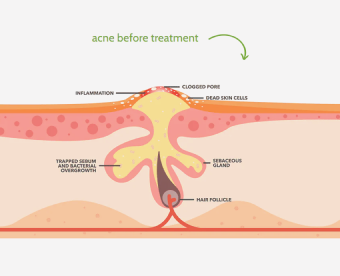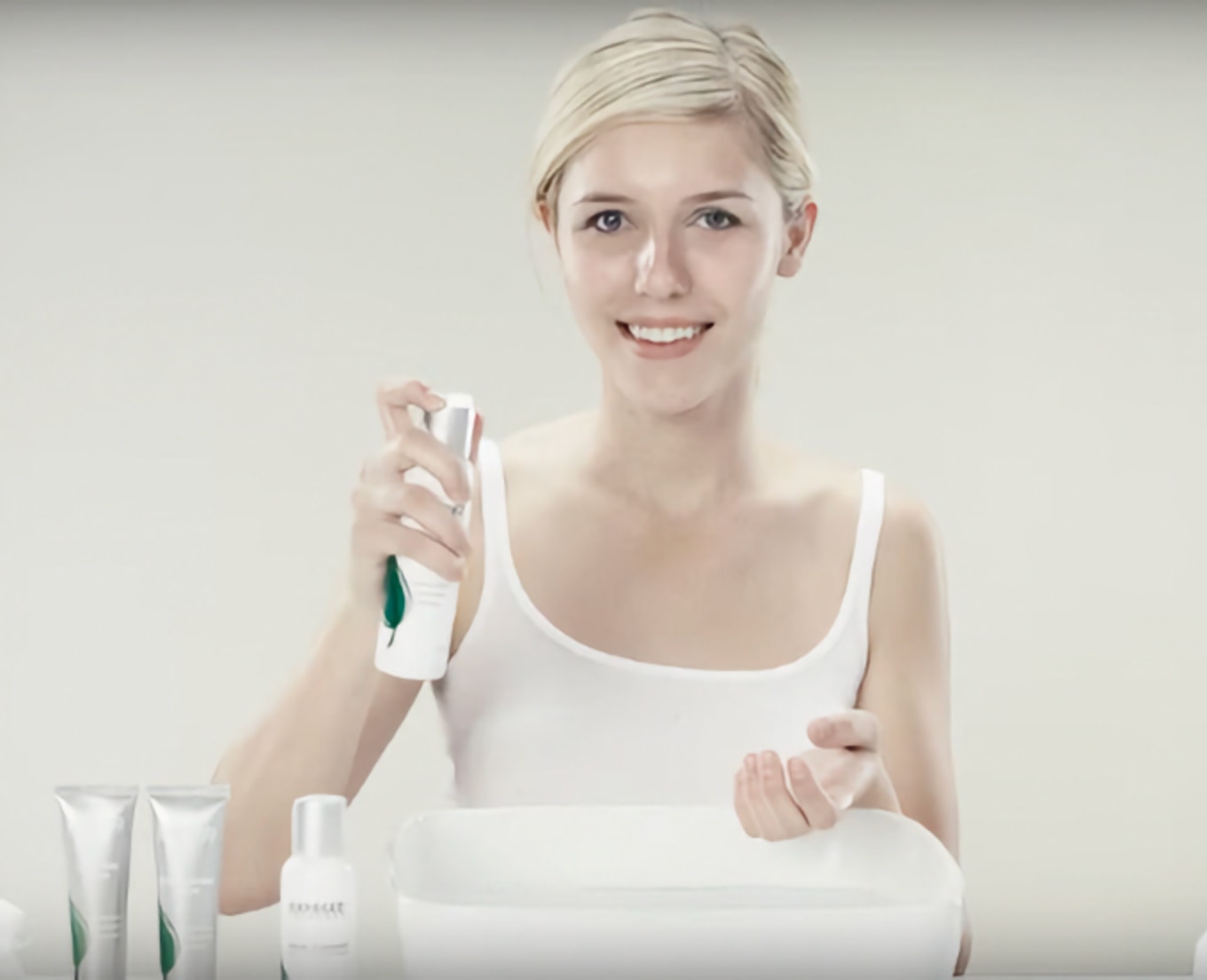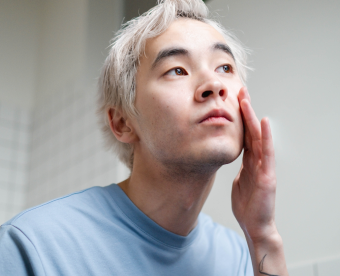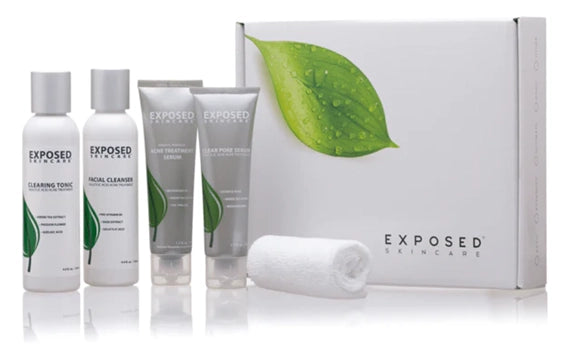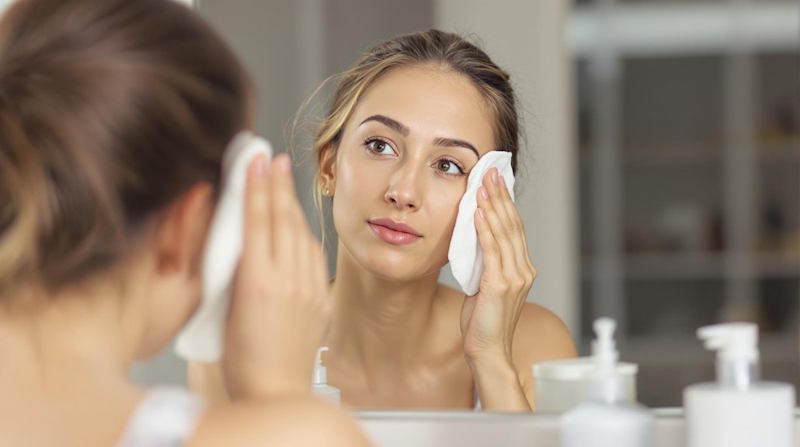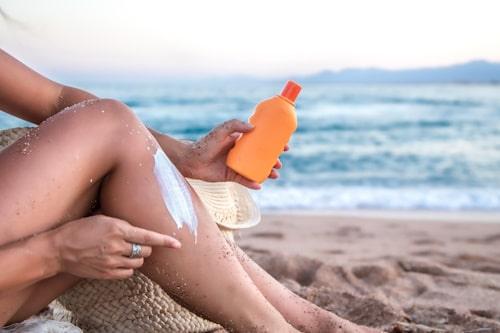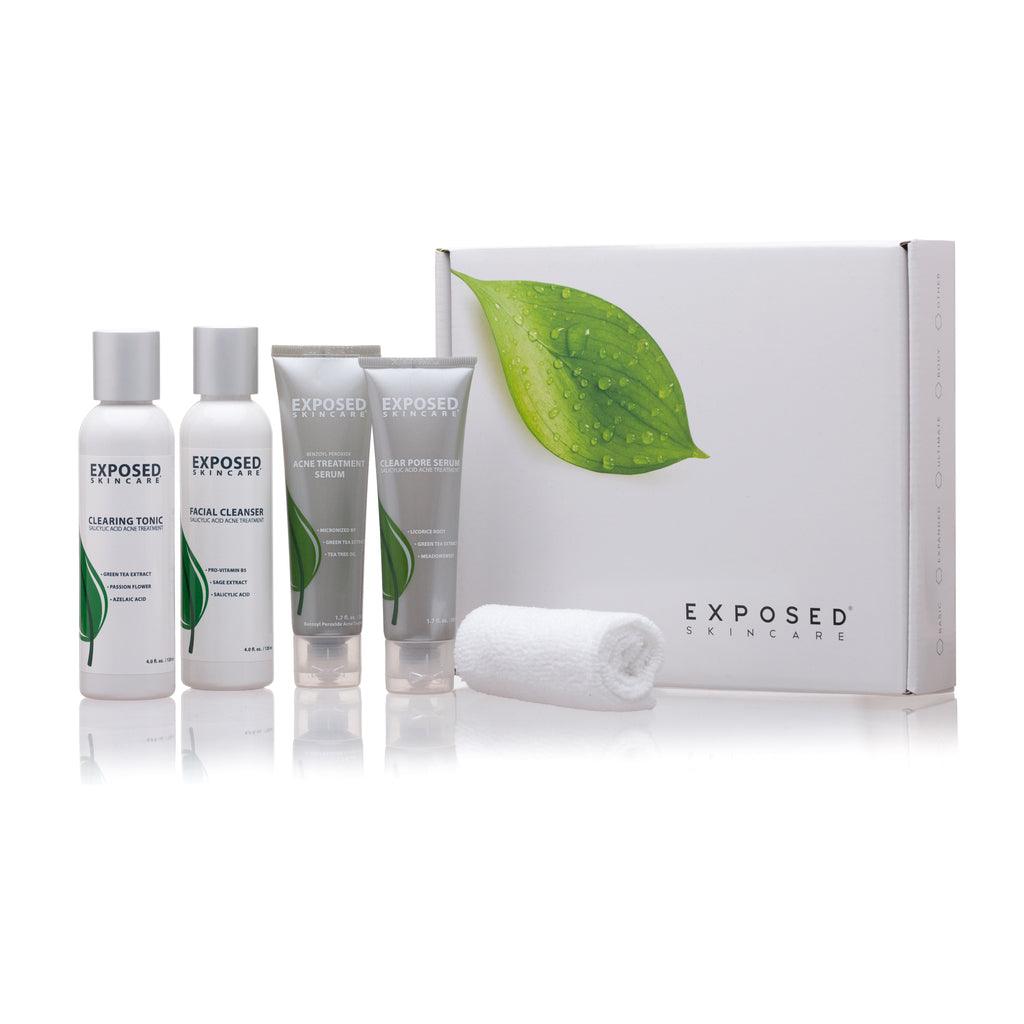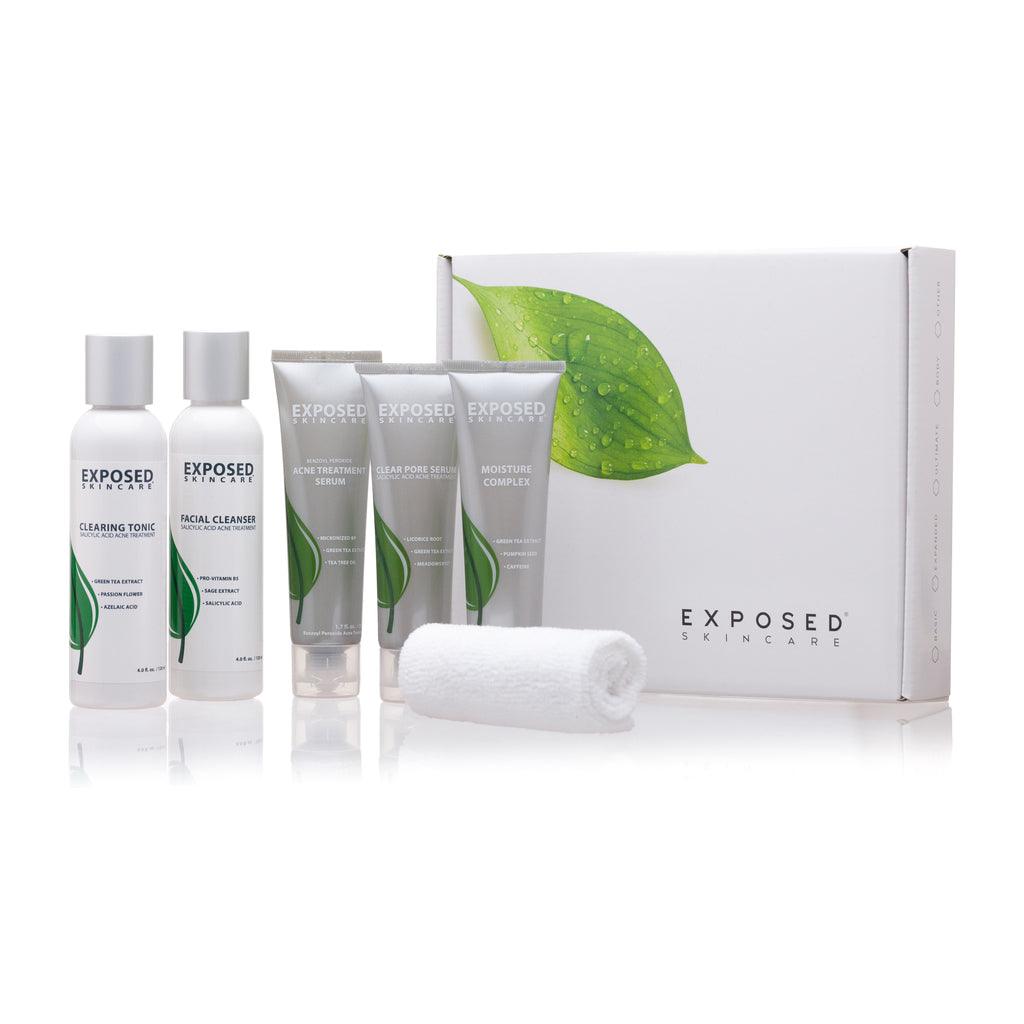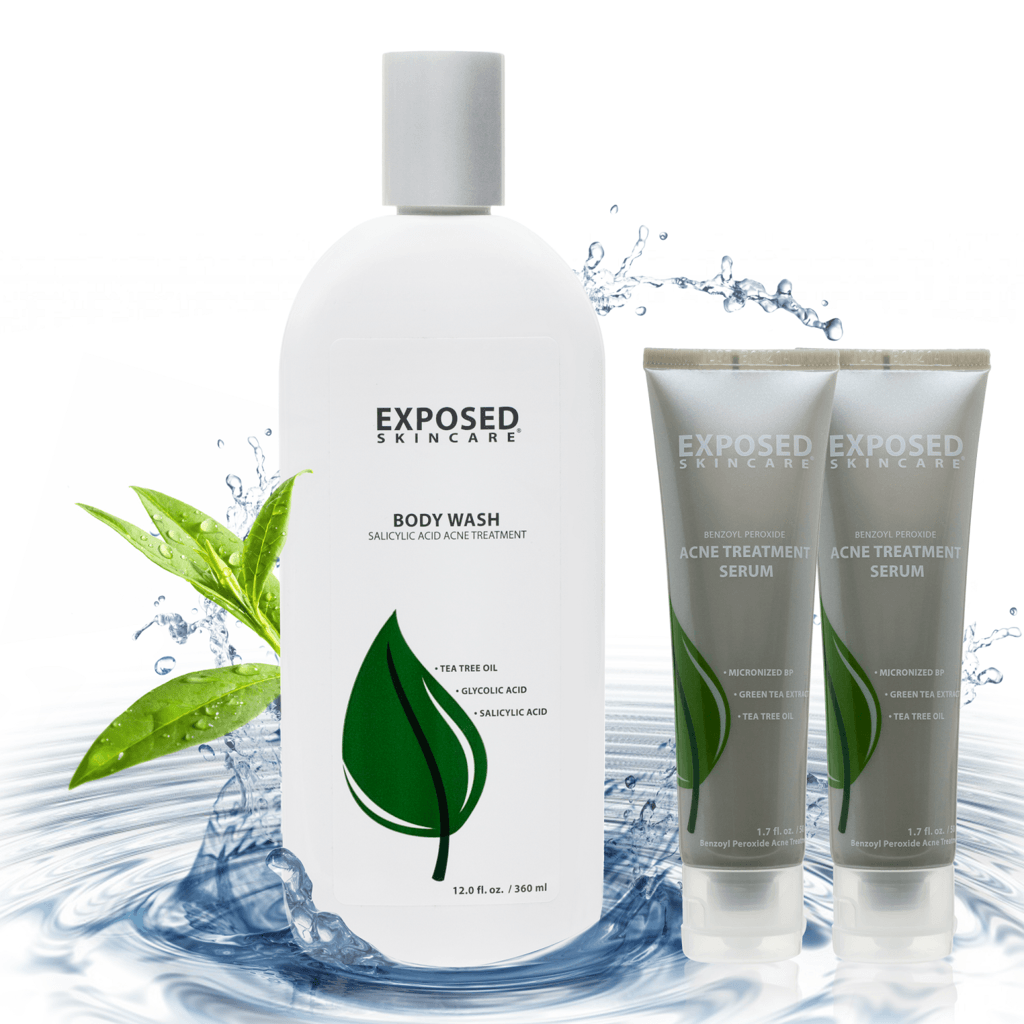Acne mechanica isn't your typical zit situation—it's breakouts caused by friction, sweat, and heat from gear rubbing against your skin. Think helmets, backpacks, and sports bras creating those annoying bumps. Regular acne products often fail because they don't address the mechanical irritation factor. Exposed's 4-step system tackles all four drivers of these pesky breakouts instead of just treating symptoms. Stick around to discover how athletes are finally breaking free from equipment-induced acne hell.
Biggest Takeaways
- Acne mechanica is triggered by friction, heat, and pressure from equipment like helmets and straps, not hormones.
- Affected areas typically include face, neck, shoulders, and back where sports gear or everyday items cause rubbing.
- Standard acne treatments often fail because they don't address the mechanical irritation causing this type of acne.
- Exposed's 4-step system tackles all drivers: cleansing, exfoliating, treating bacteria, and non-comedogenic moisturizing.
- Prevention strategies include moisture-wicking fabrics, immediate post-workout showers, and petroleum jelly as a friction barrier.
What Is Acne Mechanica and How Does It Develop?

Friction is a sneaky troublemaker when it comes to your skin. When helmets, backpack straps, or your favorite skinny jeans constantly rub against your skin, they're secretly setting you up for acne mechanica - those frustrating breakouts that pop up right where the pressure hits.
Friction doesn't just annoy—it silently recruits your pores into a rebellion against your skin.
Unlike regular zits that blame hormones, acne mechanica is all about physical trauma. Your skin gets irritated from all that rubbing, sweating, and heat, creating the perfect storm for pores to freak out.
Athletes know the struggle all too well - think chin straps, shoulder pads, and sports bras that never seem to give your skin a break.
The result? Everything from tiny bumps to angry, painful nodules that make you wish you'd never suited up in the first place.
Common Triggers and Areas Affected by Acne Mechanica
The usual suspects behind acne mechanica read like a list of everyday items you'd never think twice about. Your favorite sports gear? Yep. That cute hat you can't stop wearing? Guilty.
Even that backpack you've hauled around since freshman year might be sabotaging your skin.
Your face, neck, shoulders, and back typically bear the brunt of this friction-based breakout party. Athletes get the worst of it—those shoulder pads and helmets create the perfect storm of heat, sweat, and zero airflow.
It's basically a pore-clogging convention happening right on your skin.
Even non-sporty activities aren't off the hook. Musicians dealing with chin rests or anyone lugging heavy bags can join this unwanted skin club.
The common denominator? Anything that rubs, traps sweat, and doesn't let your skin breathe.
Why Standard Spot Treatments Fail Against Friction-Induced Breakouts

While you might be tempted to dab that trusty benzoyl peroxide spot treatment on your helmet-induced forehead bumps, you're fundamentally bringing a knife to a gunfight.
Here's why it's not working:
Standard acne products target hormonal breakouts and clogged pores—not the unique beast that's friction-induced acne. When your skin faces constant rubbing from helmets, straps, or tight clothes, it's dealing with mechanical irritation that cranks up skin temperature, triggers inflammation, and kickstarts extra oil production.
Your typical spot treatment doesn't address this mechanical stress at all. It's like trying to fix a leaky roof by mopping the floor—you're managing symptoms while ignoring the actual problem.
Treating friction acne with regular products is like bringing a mop to fix your leaky ceiling—it misses the real problem.
What you need isn't just bacteria-killing ingredients but a thorough approach that removes the friction source and prevents the inflammatory cascade altogether.
How Exposed's 4-Step System Tackles All Acne Mechanica Drivers
Unlike standard treatments that only target one aspect of your breakouts, Exposed's 4-Step System hits acne mechanica from every angle.
It starts by thoroughly cleansing away the sweat, dirt, and oil trapped against your skin from those helmet straps or sports equipment—you know, the stuff that's literally grinding grime into your pores.
The exfoliation step then tackles those stubborn clogged pores while the benzoyl peroxide treatment goes to work killing bacteria and calming the angry redness.
What's clutch is the non-comedogenic moisturizer that hydrates without making things worse (because drying your skin out isn't the answer either).
It's basically your complete defense system against friction-based breakouts.
No snake oil, just smart science for people who are tired of spot treatments that barely make a dent.
Real Users Share Their Success Stories Fighting Sports-Related Acne
Real stories beat flashy marketing any day of the week.
Athletes who've tried Exposed swear by its four-driver approach, especially when combined with smart gear choices.
"Switching to moisture-wicking fabrics was a game-changer," says Mike, a college wrestler who finally kicked his chin acne after three frustrating years.
Basketball player Jenna adds, "I shower immediately post-workout and follow with Exposed's Clearing Tonic. My back acne disappeared in three weeks!"
Others report success using petroleum jelly as a friction barrier under helmets and pads, plus taking gear "breathers" whenever possible.
The common thread? Nobody found a single silver bullet—it's the combination of Exposed's all-encompassing system with practical lifestyle tweaks that finally breaks the acne mechanica cycle.
Frequently Asked Questions
How Does Acne Mechanica Work?
Acne mechanica hits when friction, heat and pressure irritate your skin. It's when your helmet, backpack or tight clothes rub against you, clogging pores and triggering those frustrating breakouts.
How to Stop Acne Mechanica?
Thought you'd ace acne mechanica by scrubbing harder? You're in our club now. Shower after sweating, wear breathable clothing, apply Exposed's full-spectrum kit, and say goodbye to friction-triggered breakouts forever.
How Long Does Acne Mechanica Take to Go Away?
Acne mechanica typically fades within days to weeks once you remove irritants. You'll see faster results when you target all four acne drivers with Exposed's complete system, not just the friction factor.
Is Acne Mechanica Contagious?
No, acne mechanica isn't contagious. You can't spread it to others since it's caused by friction and pressure on your skin, not bacteria or viruses that transfer between people.
Putting It All Together
Don't settle for living with equipment-induced breakouts when you could actually prevent them. A shocking 94% of athletes experience acne mechanica at some point—yeah, it's that common. Ditch those one-trick pony spot treatments that barely make a dent. Exposed's system tackles all four acne drivers, not just the symptoms. Your skin deserves better than temporary fixes for a problem you can actually solve.

